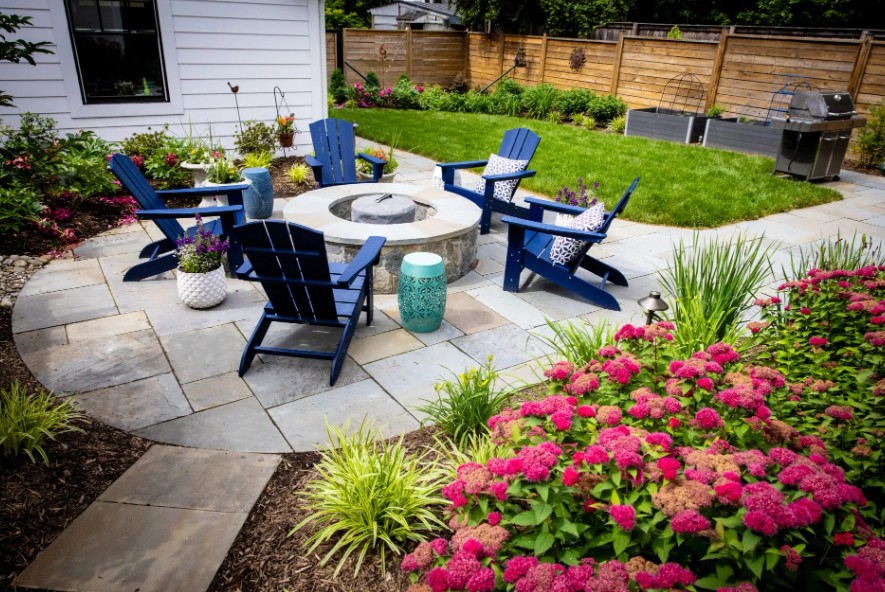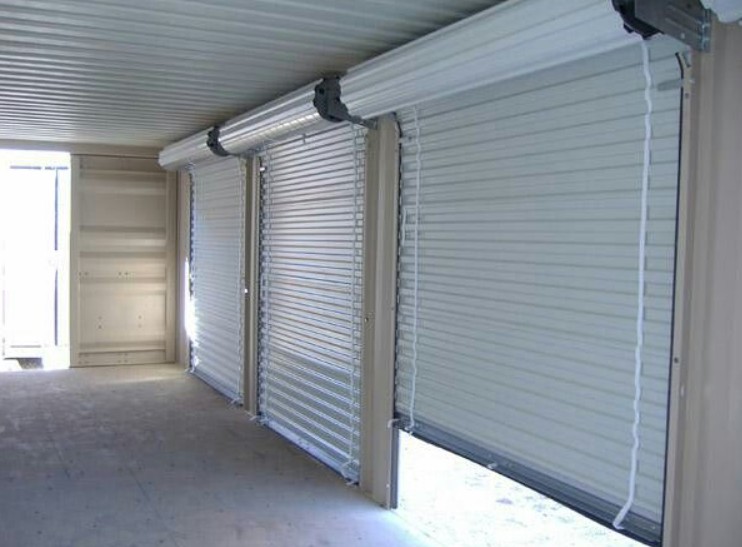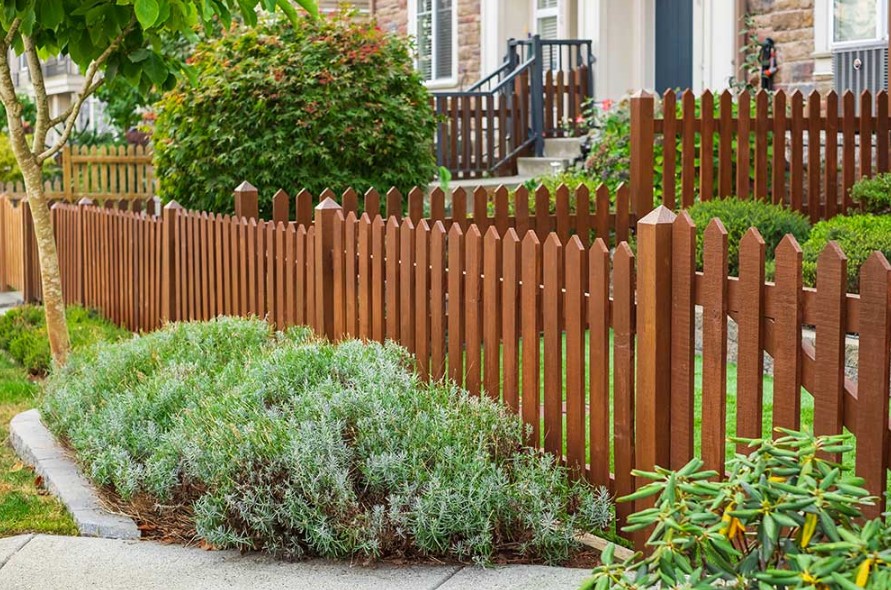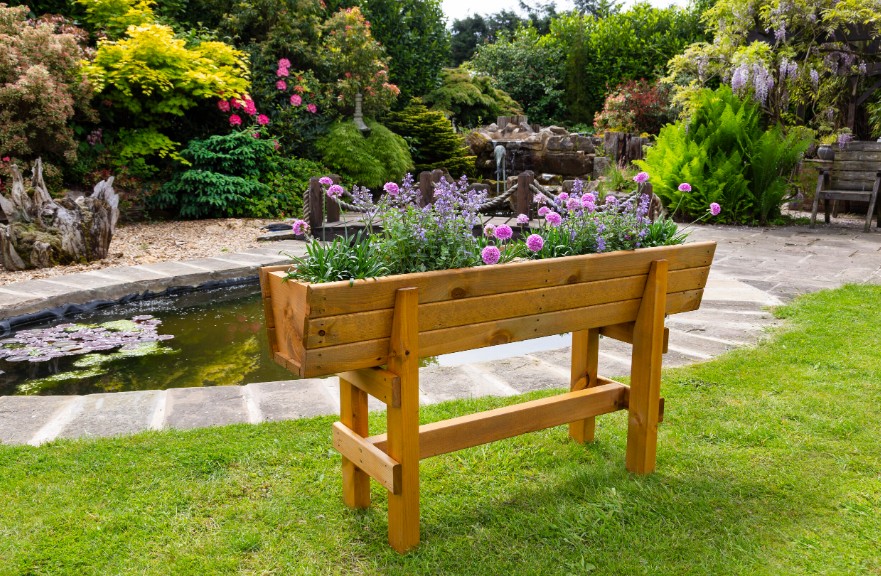The 5 Essential Elements of Landscape Design: A Beginner’s Guide
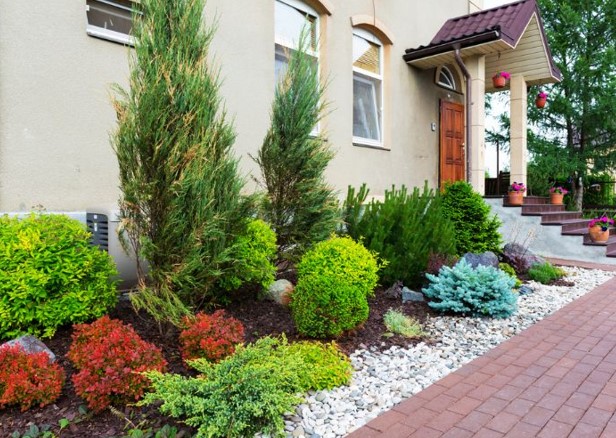
A beautifully designed landscape can completely transform your outdoor space, turning an ordinary yard into a vibrant, inviting area that enhances your home. But if you’re new to landscape design, knowing where to start can feel overwhelming. Fortunately, understanding a few basic principles can make the process much easier and more enjoyable.
Landscape design is about more than just planting flowers—it’s about creating a harmonious space that blends function, aesthetics, and nature. This blog will introduce you to the five essential elements of landscape design, providing the foundation you need to create your perfect outdoor space.
1. Line
In landscape design, lines are used to guide the eye and direct movement through the space. Whether you’re looking at the outline of a walkway, the edge of a garden bed, or even the shape of trees, lines are everywhere in your landscape. The way you use lines can have a big impact on how your yard feels.
Straight lines create a formal, orderly look. They’re often used in modern or traditional landscapes to establish a sense of structure and control. On the other hand, curved lines are more relaxed and natural. They’re perfect for informal garden spaces or to soften the look of a more rigid design.
Lines help organize your outdoor space, connecting different areas like patios, garden beds, and pathways. By thoughtfully using lines, you can make your landscape feel cohesive and guide visitors through the space deliberately.
2. Form
Form refers to the shape and structure of everything in your landscape, from plants to hardscape elements like furniture or patios. Forms can be geometric, like the sharp corners of a square deck, or organic, like the rounded shape of a bush or tree.
In landscape design, form gives your yard structure and character. Geometric forms work well in modern designs, creating a clean and minimalist look. Organic forms, like the natural curves of plants or stones, are ideal for more casual or naturalistic landscapes.
When choosing plants or hardscape features, consider how their shapes work together. For example, you can balance tall, upright plants with lower, spreading shrubs to create a layered effect. Form is key to establishing your outdoor space’s overall look and feel, adding both interest and balance.
3. Color
Color is one of the most powerful elements in landscape design, instantly influencing the mood and atmosphere of your outdoor space. Whether you’re using bright, bold colors or subtle, calming tones, the right color scheme can make all the difference.
Warm colors like reds, oranges, and yellows tend to draw attention and create a sense of excitement. These colors are perfect for focal points or areas where you want to create energy. Cool colors like blues, greens, and purples are more calming, helping to create a peaceful, relaxing environment.
You can use color to create harmony or contrast in your landscape. For example, a color scheme that incorporates shades of green, blue, and purple can create a soothing, cohesive look. Alternatively, pairing complementary colors like yellow and purple can add visual interest and draw the eye to certain features. Throughout the year, color can change as plants bloom or leaves change, offering seasonal variety.
4. Texture
Texture refers to the way plants and materials look and feel. A combination of textures in your landscape can add depth, interest, and contrast, making your yard more visually dynamic. Texture can be found in everything from rough stone pathways to the soft leaves of a fern.
In landscape design, texture is often divided into fine and coarse. Fine textures, like delicate ferns or small-leafed plants, tend to recede into the background, creating a sense of lightness and space. Coarse textures like large-leafed plants or rough stone demand attention and create bold, dramatic effects.
By mixing fine and coarse textures, you can create contrast and visual appeal in your garden. For example, pairing a rough stone pathway with soft, leafy ground cover creates an interesting and inviting balance. Texture also adds a tactile element to your landscape, making the space more engaging.
5. Scale and Proportion
Scale and proportion deal with the size of elements in relation to each other and the space as a whole. Using the correct scale and proportion is key to creating a balanced, harmonious landscape.
In landscape design, it’s important that the size of plants and features matches the size of the space. For example, large trees or tall shrubs can overwhelm a small yard, while tiny plants may get lost in a large space. Similarly, a large patio may need bigger furniture or planters to avoid looking sparse.
Consider how the size of each element fits with the overall design. A well-balanced landscape ensures that no single feature dominates, making the space cohesive and visually pleasing.
Conclusion
By understanding and applying the five essential elements of landscape design—line, form, color, texture, and scale—you can create a beautiful, functional outdoor space that feels balanced and cohesive. Whether you’re redesigning your entire yard or just adding a few new features, these principles will guide you in making thoughtful design choices.
With the right mix of these elements, your landscape will look great and serve as a welcoming, comfortable space for you and your family to enjoy.
Ready to bring these landscape design principles to life? Sarasota Landscaping & Design can help. Our team specializes in creating stunning outdoor spaces that balance form, color, texture, and more. Contact us today for a consultation, and let us design the yard of your dreams!

